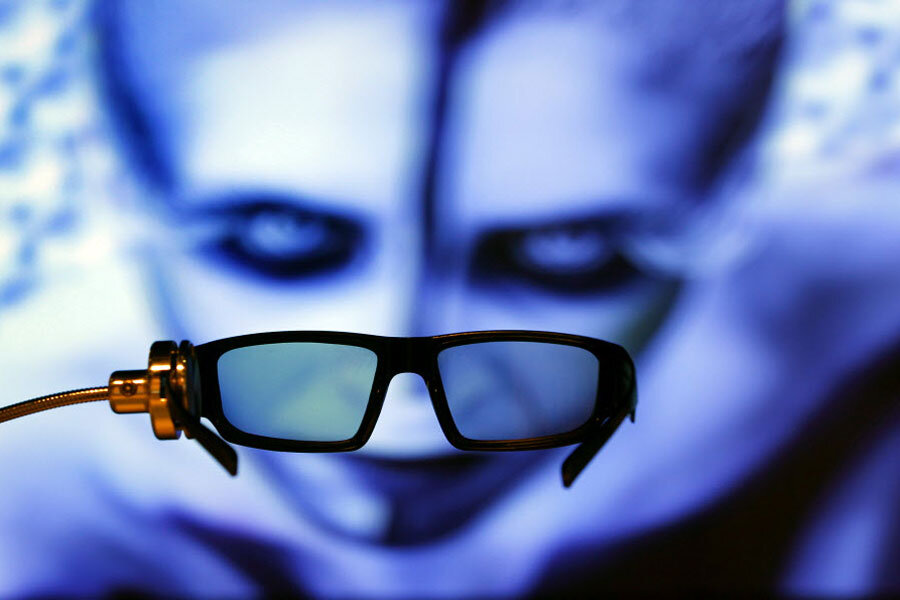How sound waves could power glasses-free 3-D TVs
Loading...
Large and affordable holographic video displays may soon be possible, which could spur the development of glasses-free 3-D TVs, researchers say.
The secret to developing such holographic video displays could be using acoustic waves to control the way a crystal bends light, the scientists added.
Holograms are a special kind of 2D photograph that, when lit up, create the illusion of a 3-D image. The pixels making up each hologram scatter light falling onto them in very specific ways, causing these light waves to interact with each other to generate an image with depth. [10 Technologies That Will Transform Your Life]
One potential way to create a moving holographic video — instead of just a static hologram — would involves displays with pixels that can alter the way they bend light. However, these pixels would have to be close to the size of the light waves they are bending, and there is currently no easy or cheap way to create such pixels.
Another technique would use precisely engineered sound waves to squeeze and stretch a transparent material, changing the degree to which it bends light, or its index of refraction. This strategy, called acousto-optic modulation, could create a display that alters the way it scatters light over time, potentially generating holographic videos. However, an early prototype using this method relied on crystals of an expensive transparent material called tellurium dioxide, and could not generate images with a suitable resolution for TVs.
"The prototype used some of the largest crystals of tellurium dioxide every grown, these $25,000 custom pieces of equipment," said study co-author Daniel Smalley, an electrical engineer and media arts and sciences researcher at Brigham Young University in Provo, Utah.
Now, scientists are developing holographic displays using common and much cheaper crystals that could generate high-resolution videos.
"We're using crystals that cost just $2," Smalley told Live Science.
The foundations of this display are crystals of lithium niobate, a material often used in mobile phones and telecommunications networks. Under the surface of each crystal, the researchers etched a microscopic channel, or "waveguide," that serves as a tunnel for light. A metal electrode is then deposited onto each waveguide.
"We can use basic fabrication techniques borrowed from the semiconductor industry to make these devices," Smalley said. "This brings cost down by several orders of magnitude. Hopefully, this means we can make large holographic displays for the first time."
The crystals are piezoelectric, which means that when an electric current is applied to them, they generate acoustic waves that travel like ripples across their surfaces. These acoustic waves can distort the shape of the crystals, which in turn can alter their indexes of refraction and therefore influence any light waves traveling inside them.
To generate a holographic image, lasers of three colors (red, green and blue) are fired into each waveguide. The frequencies of the acoustic waves passing through each crystal determine which colors pass through and which colors are filtered out. The light waves that come out of the waveguides then interact with each other to produce a holographic image.
A holographic video display would stack many of these waveguides alongside each other. Each waveguide is only a few microns wide, and they can be spaced a few dozen microns apart. In comparison, the average human hair is about 100 microns wide.
The researchers suggest they can manufacture a device that can display 50 billion pixels per second. This could provide 3-D images at the same kind of resolutions and frame rates seen in standard-definition TV. Now, the challenge will be to develop a computer powerful enough to provide all the data needed to generate these holographic videos, Smalley said.
Smalley and his research assistants Andrew Henrie and Benjamin Haymore detailed their findings online on Feb. 3 in the journal Review of Scientific Instruments.







